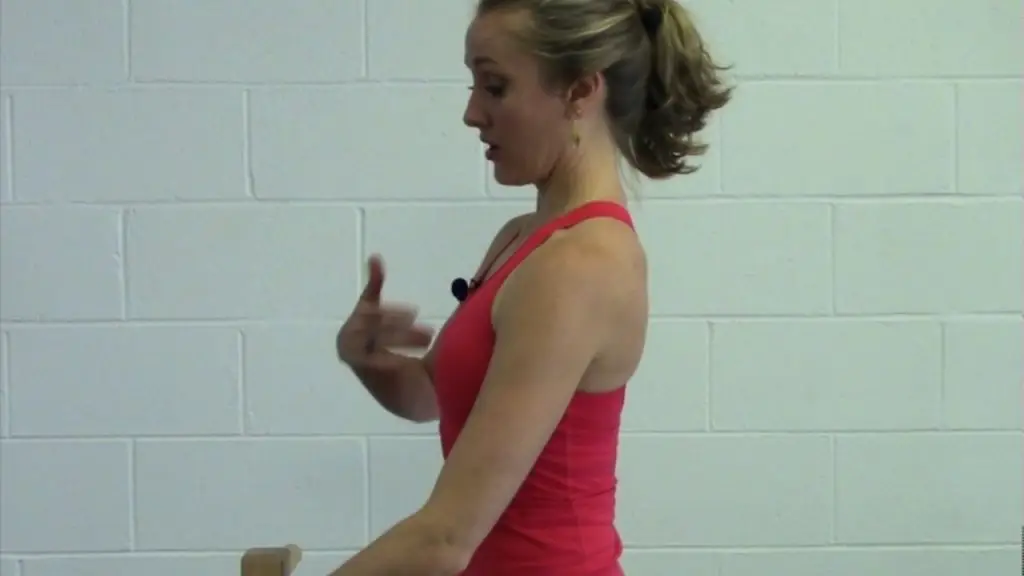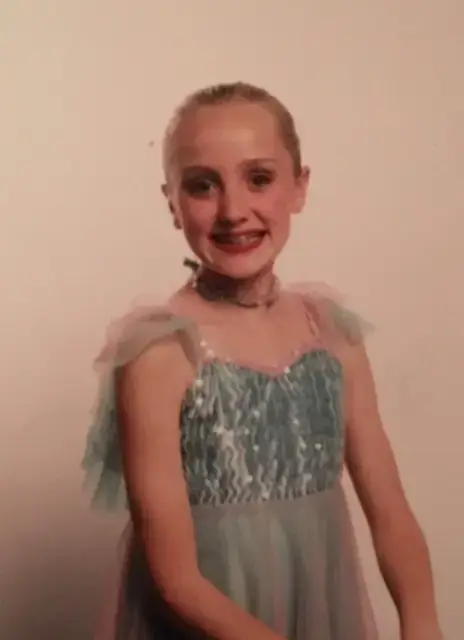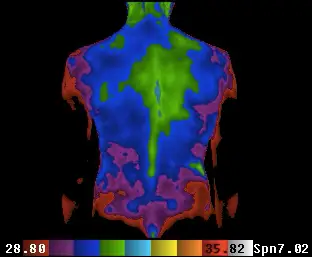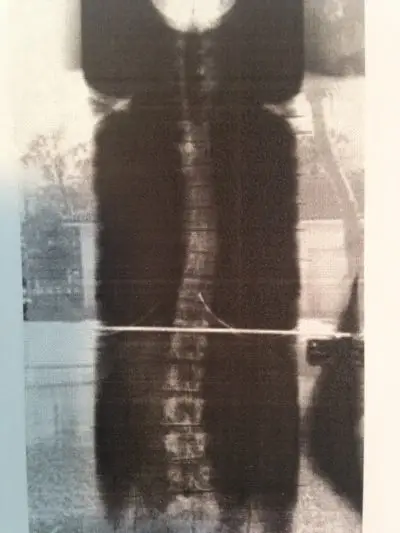Classical Ballet and Scoliosis

A recent study, referenced here, has indicated that classical ballet, particularly combined with other factors, can increase one’s risk of developing scoliosis. Erin Myers of Spiral Spine Pilates was trained in classical ballet and was diagnosed with scoliosis at a young age, giving her a unique perspective as to how ballet and scoliosis are indeed […]
Ballet, BMI and Braces = +Scoliosis Risk

If your pediatrician has ever told you that your child may have scoliosis, or a sideways bend of the spine, you’ve more than likely asked yourself, “what caused this?” or “how could I have prevented this?” Researchers have long struggled to find an answer. Everyone agreed that there was a likely genetic link, but past […]
Can thermal scans for scoliosis replace x-rays?

People with scoliosis are subjected to a great deal of x-ray radiation over the course of their lives, significantly increasing their risk for breast cancer. A year ago, I wrote a blog introducing thermal body scans as a potential alternative to these x-rays, and I received a tremendous response. It made me curious as to […]
Small scoliosis curves – are they painful?

It is easy to imagine how large scoli curves can wreak havoc on one’s body, but many people are unaware of how small scoliosis curves can be just as physically and emotionally painful. I wrote in The Beautiful Scoliotic Back that bodies like balance. So, any deviation, even a small one, (i.e. small scoli curves) […]